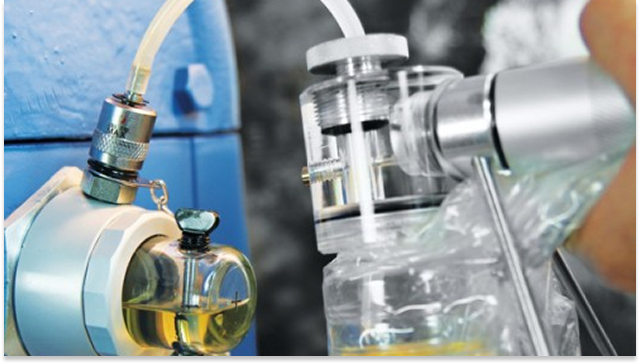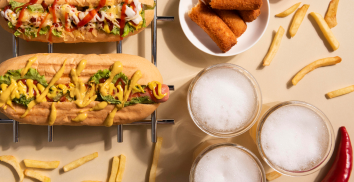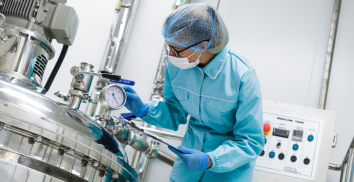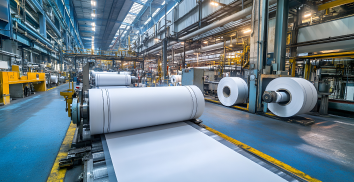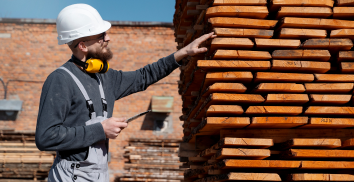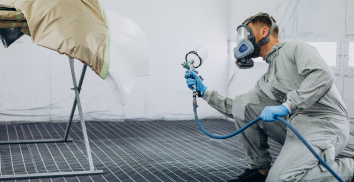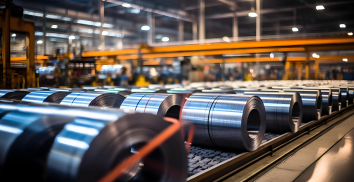Does Sampling Play a Role in Food Safety?
When Clara bit into her morning yogurt, she expected the creamy vanilla flavour she loved, not a gritty texture and sour tang. She tossed the cup, worried. Later that week, headlines screamed:
.png)

By Charles Pandian
When Clara bit into her morning yogurt, she expected the creamy vanilla flavour she loved, not a gritty texture and sour tang. She tossed the cup, worried. Later that week, headlines screamed: “Yogurt Recall Due to Contamination Scare.” Clara’s unsettling breakfast experience wasn’t just bad luck—it was a missed opportunity where sampling could have made all the difference.
What is Sampling in Food Safety?
Imagine a big factory able to fill thousands of jam jars in just one hour. It is not possible to look inside every single jar. That’s where sampling comes into action, the process of collecting small, representative portions of a product or process to test for safety, consistency, and compliance.
Food safety relies on sampling to act as a detective on the line where food is produced. It searches for errors by checking random samples from a batch for the presence of undesirable bacteria, issues with temperature, or chemicals in the water can cause disease. Not only is it about engineering, but it also ensures the public’s well-being.
The Role of Sampling in Preventing Foodborne Illnesses
Foodborne illnesses usually don’t come from anything exciting or dramatic. They often start in a quiet way, with just a small amount of Salmonella or Listeria falling into the food. Without early detection, they can quickly get out of control and become much bigger problems. Sampling works like something that lets health officials know if a health problem might be coming up before it actually becomes a bigger issue. Sampling doesn’t work perfectly, but it makes it easier for companies to spot a problem with food before it gets sold or eaten.
Take the 2011 E. coli outbreak that happened when people ate some sprouts that weren’t clean in Europe. Investigations showed that better ways of sampling during sprout-growing could have found the contaminated sprouts much sooner, which could have stopped more than 50 deaths and saved thousands of people from needing to go to the hospital.
Regulatory and Industry Standards
Sampling isn’t just best practice, it’s a legal and industry requirement. Food safety agencies across the globe, from the FDA in the U.S. to EFSA in Europe, mandate sampling protocols to maintain public safety.
For instance, Hazard Analysis and Critical Control Points (HACCP) systems, a cornerstone of food safety management, rely heavily on sampling at critical points in production. Whether it’s milk, meat, or baby food, these checks ensure that what reaches consumers meets strict standards.
Challenges and Limitations
A key challenge in sampling is representation. If the sample does not pick up contamination, the problem could pass unnoticed. Problems can also stem from the sample being handled or analysed in the wrong way.
Not all microorganisms need the same testing conditions, and it is not always easy to detect viruses if they are present only in small amounts. In addition, tight deadlines and budget concerns can lead some facilities to make unsafe decisions, which is something regulators are working hard to prevent.
Case Studies That Show the Power of Sampling
Peanut Corporation of America (2009): Contaminated peanut butter caused a massive salmonella outbreak, killing nine and sickening hundreds. Inadequate sampling and falsified results were key contributors to the disaster.
New Zealand Dairy (2013): A global recall was triggered when sampling ports revealed a potential botulism-causing bacterium. Though later declared a false alarm, the detection system worked exactly as intended: prioritising safety.
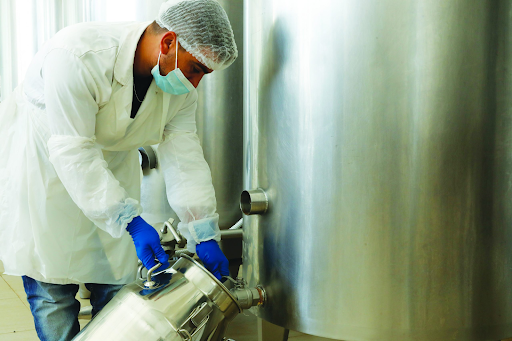
These cases underscore how sampling, when done right, can either prevent or mitigate disaster.
Technological Advancements in Sampling
The future of sampling is smarter and faster. New technologies now allow in-line sampling where samples are taken directly from production lines without stopping the process. Automation reduces human error, and real-time sensors monitor for changes in composition or temperature. Advanced microbiological techniques like PCR and biosensors can detect pathogens faster and more accurately than ever before. The result? Better protection, quicker interventions, and safer food.
Jetspray Assures Quality Control and Product Safety
Sampling ensures quality control in the food industry. For instance, sampling at the dairy plant is important, as it means upholding a commitment to quality. Daily, supervise the samples of milk from its delivery, through processing, and before it is put into packages. If pH levels suddenly drop for a batch alarms trigger. Thanks to sampling, the problem is detected during production, and the mixture is not released until the reason is found and resolved.
Sampling ports available at Jetspray are simple, user-friendly, ensuring safety and quality that providing accurate sampling and are designed to meet the demands of various industrial processes.
Check our Sampling ports for
Conclusion
Clara’s story is a reminder: every bite of food is backed by a chain of people, tools, and processes working hard to ensure it's safe. At the heart of that chain is sampling, a small action with a big impact. In an ideal world, contamination wouldn’t happen. But in our real, complex food system, sampling remains our most trusted procedure. It’s the quiet guardian in labs and factories, sniffing out trouble so the rest of us can enjoy our meals in peace.
At Jetspray, we deliver cutting-edge solutions for Cleaning Systems, Sampling Systems, Industrial Spraying Systems, and Atomizers. Based on our own advancements and ideas, we build and make high-quality products that not only match the global standard but also raise it. To ensure efficiency and reliability, our solutions are designed with efficiency with respect to the current demands in the industry.
For more information about sampling ports, visit our website today.
Share on
Tags: Product Sampling


